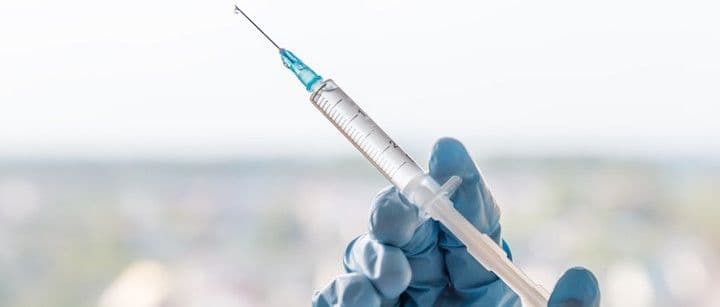Vaccination Against Shingles
Prime Women's Health
Obie Editorial Team

What are shingles?
Shingles are a painful rash that develops on one side of the face or body. The rash consists of blisters that typically scab over in 7 to 10 days and fully clear up within 2 to 4 weeks.
Shingles are caused by the varicella-zoster virus (VZV), the same virus that causes chickenpox. After a person recovers from chickenpox, the virus stays dormant (inactive) in their body. The virus can reactivate later, causing shingles.
Most people who develop shingles have only one episode during their lifetime. However, you can have shingles more than once.
Shingles vaccine (Shingrix)
Shingles vaccination is the only way to protect against shingles and postherpetic neuralgia (PHN), the most common complication from shingles. The CDC recommends that healthy adults 50 years and older get two doses of the shingles vaccine called Shingrix (recombinant zoster vaccine), separated by 2 to 6 months, to prevent shingles and the complications from the disease. Your doctor or pharmacist can give you Shingrix as a shot in your upper arm.
Shingrix provides strong protection against shingles and PHN. Two doses of Shingrix is more than 90% effective at preventing shingles and PHN. Protection stays above 85% for at least the first four years after you get vaccinated.
Who should get Shingrix?
Healthy adults 50 years and older should get two doses of Shingrix, separated by 2 to 6 months. There is no maximum age for getting Shingrix.
You should get Shingrix even if in the past you:
- had shingles
- received Zostavax*
- are not sure if you had chickenpox
Read more about shingles from the CDC







